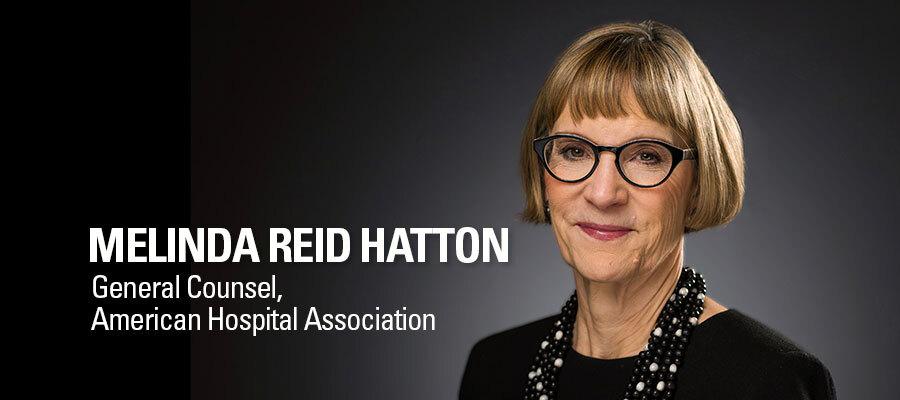One-sided report on hospital consolidation falls flat

A new study from Georgetown University’s Center on Health Insurance Reforms (CHIR) is another one-sided view of the changing health care landscape that has several key limitations, which are highlighted below, that make it a less than useful view of hospital mergers.
Like others, the report starts with a conclusion — that payers and employers have failed to control provider consolidation that is leading to higher spending on health care — and arguments are then cherry-picked to support this predetermined conclusion. The report is based on interviews with anonymous stakeholders who are typically at the other end of the negotiating table from hospitals, namely large private insurance companies and employer groups. The authors of the report present these biased opinions as facts. For example, insurers, who enjoy a highly consolidated market, have incentive to point their finger at hospitals so that they can leverage insurer market power to reduce payments for care and boost their own bottom line.
A recent quantitative analysis by Charles River and Associates found hospital mergers can actually have a variety of important benefits for patients and communities. The report found that, when hospitals merge, they achieve efficiencies that reduced operational costs by 2.3% and reduced the net revenue per patient by 3.5%. It also found that, when hospitals merge, they expand their ability to provide care and access and to standardize care across different settings, which resulted in decreases in 30-day readmission and 30-day mortality rates.
The CHIR report is also at odds with how health care has evolved to be more patient-focused and value-based. For example, the report admits that consolidation has allowed hospitals to participate in value-based payment models, such as Accountable Care Organizations (ACOs). The report would have you believe that this is a negative development when in fact almost all observers point to this as a positive trend. The growth in value-based payments allows providers to better care for patients by coordinating the services they receive from hospital to home and every place in between. Coordinated care saves money, in 2018 alone, the Centers for Medicare & Medicaid Services reported that ACOs generated nearly $740 million in net savings.
Another fallacy the report puts forward is that hospital specialization is bad. Specializing in a procedure or a treatment allows hospitals to build expertise and to conduct research that can and does lead to better health outcomes for all patients.
And, there are lots of other factors the report failed to account for that would have altered its conclusions. First and foremost, the report never turned a critical eye toward insurance industry consolidation. According to the American Medical Association, 75% of health insurance markets are highly concentrated. And, in 48% of markets, one insurer had a combined market share of 50% or greater. Some 36 Blue Cross Blue Shield plans are currently being sued for suppressing fair competition with anticompetitive agreements, which are similar to ones that were struck down by the Supreme Court in the past.
Another important factor to consider is that Medicare and Medicaid pay on average 87 cents for every dollar of care that hospitals provide to patients. Some of the case studies focus on areas such as Detroit and Indianapolis, in which Medicaid and Medicare are the dominant payers. Moreover, these rates have been stagnant in recent years, and the gap between what Medicare and Medicaid pay relative to the cost of providing care is growing.
Meanwhile, hospitals and health systems have worked hard to keep price increases in check, particularly in comparison to insurers. The Bureau of Labor Statistics’ Consumer Price Index data showed that annual health insurance price inflation hit a five-year peak of 18.8% in September 2019, while hospital prices increased by just 2.1%. CMS found that price growth for hospital services was below 2% in both 2016 and 2017, and expects it to continue at historically low rates into the future. And, hospitals’ share of total health expenditures has decreased over time as a percentage of total national health expenditures — declining from 43% in 1980 to 34% in 2017 despite an aging population.
Melinda Hatton is general counsel for AHA.

